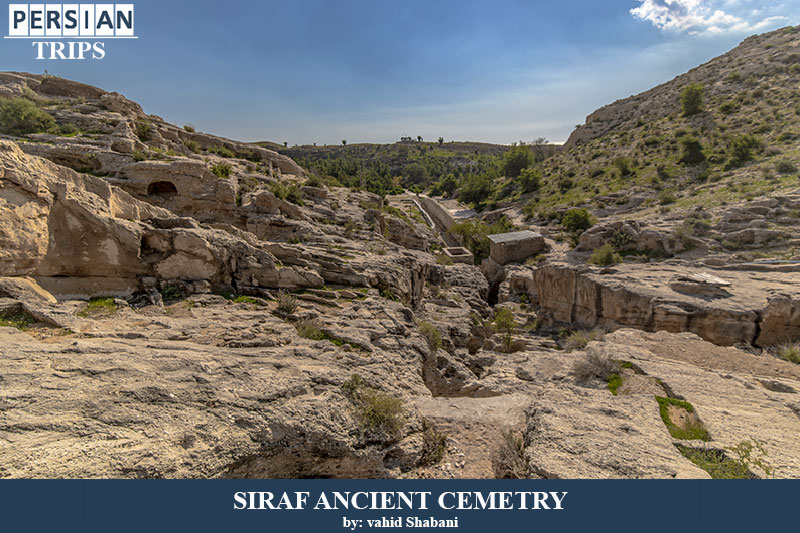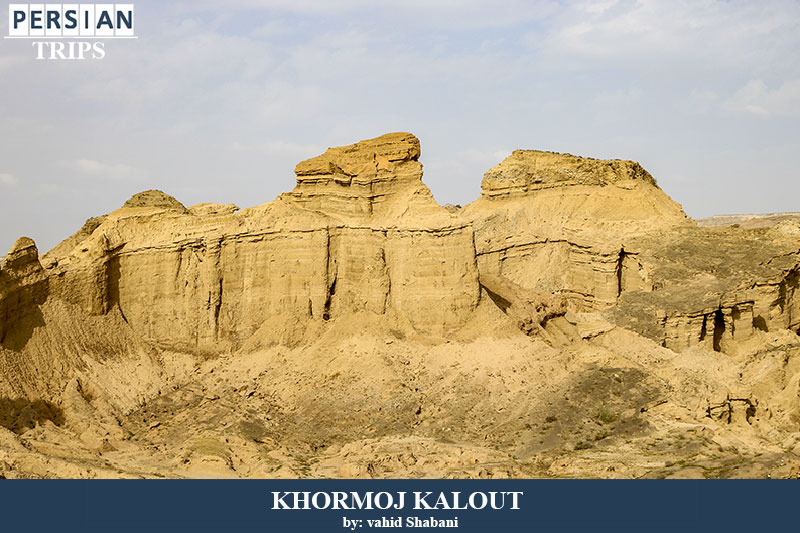Posted in Bushehr Province
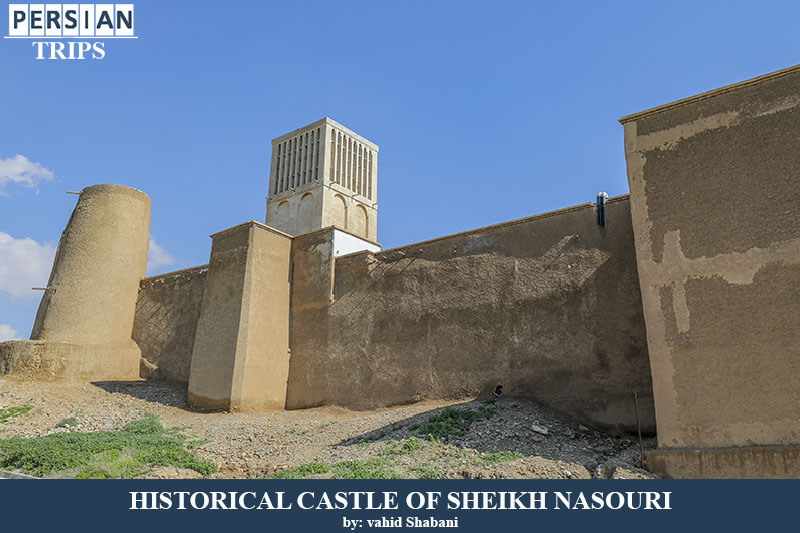
Nasouri Siraf Castle is one of the historical monuments and one of the spectacular attractions of Bushehr province in the south of Iran. This fort is located in Siraf port of the central part of Kangan city, 250 km east of Bushehr.
Print
Email
Posted in Bushehr Province
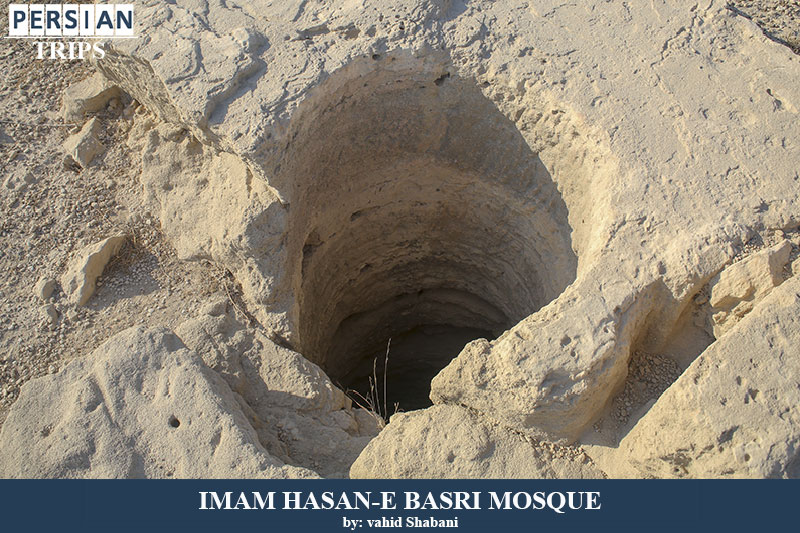
The remains of Imam Hassan Basri Siraf Mosque are located on a small hill in Siraf port of Bushehr province. This hill overlooks the flower garden of the martyrs of Bandar Siraf and the surrounding landscapes.
Print
Email
Posted in Bushehr Province
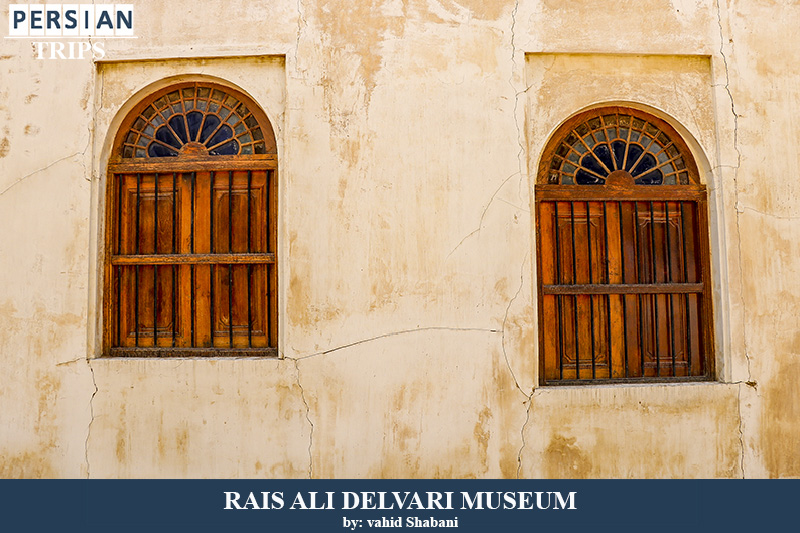
Rais Ali Delvari house is located in the southeastern part of Delvar city in Tangestan city section in Bushehr province. Rais Ali Delvari was one of the leaders and fighters of the south who fought for 7 years with the aim of protecting the cities of Bushehr, Tangestan, Dashtestan, etc., and finally sacrificed his life for the people of his homeland.
Print
Email












